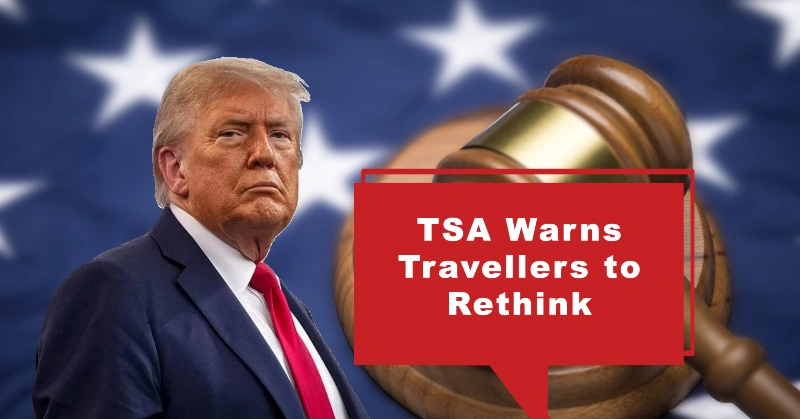TSA Warns Travellers to Rethink How They Handle Phones at Airport Security
If you’re preparing for air travel this summer, the Transportation Security Administration (TSA) has a warning that could save your phone—and your personal data. According to agency officials, placing your cell phone directly in the security scanner trays may put you at a much higher risk of theft, even before you board your flight.
While the trays are meant to streamline the screening process, they’ve also become a hotspot for opportunistic thieves. The result? Lost devices, stolen data, and identity compromise.
Table of Contents
Why Phones Are the Top Target at Airport Security
Phones may not seem like the most profitable item to steal—after all, most become unusable once blocked remotely. But that doesn’t stop criminals. Your smartphone holds far more than just selfies and text messages: it contains banking apps, digital IDs, boarding passes, and even biometric data.
According to TSA officers, the most vulnerable moment is when a passenger’s tray enters the X-ray machine, and the traveler gets momentarily distracted—putting on shoes, grabbing their bag, or checking their gate. In that brief window, a thief can quickly grab the device and vanish into the crowd.
Shocking Stats on Airport Phone Thefts
The TSA recovers about 100,000 lost items annually, but phones reported as “lost” are often later determined to be stolen. A report from Los Angeles Airport Police found that 4 out of every 10 phones reported missing were actually in the possession of someone else.
Because most travelers don’t immediately report a theft—thinking they misplaced the device—many of these crimes go unpunished. Additionally, the lack of visible serial numbers and swift movement through terminals makes it easy for thieves to disappear undetected.
How to Protect Your Phone—and Your Identity—at TSA Checkpoints
The TSA and travel experts are urging travelers to avoid placing phones loosely into trays. Instead, follow these proactive steps:
1. Use a Secure Bag Pocket
Store your phone in a zipped inner compartment of your carry-on or backpack. This makes it far harder for someone to access without your knowledge.
2. Place the Tray Between Your Bags
If you must use the tray for your phone or valuables, sandwich the tray between two of your bags. This way, it’s more protected and easier to monitor during screening.
3. Prep Ahead
Remove belts, coins, or watches before leaving home so you have fewer items to juggle at security. Less clutter means fewer distractions.
4. Activate Tracking Apps
Before heading to the airport, ensure your phone’s tracking tools are on—like “Find My iPhone” or Google’s “Find My Device.” It’s your best shot at recovering a lost or stolen phone.
5. Don’t Rush
Once through security, don’t rush to put on your shoes or grab your bags. Focus on retrieving and securing your valuables first in a calm, designated area away from the line.
Minnesota New Major Law Changes Effective July 1, 2025: Driving, Traffic, and Tax Hikes Explained
What to Do If Your Phone Is Stolen or Lost
If your phone goes missing at the checkpoint:
- Immediately report it to the airport’s lost and found and file a report with the TSA.
- If you believe it was stolen, file a police report at the airport.
- Use remote access to lock and wipe your phone.
- Contact your bank and monitor accounts for suspicious activity.
A Reminder: Airport Safety Starts With You
While the TSA continues to upgrade security and tracking, traveler awareness remains one of the best defenses against theft. With busy summer travel ahead and crowded terminals becoming the norm, a few seconds of carelessness can lead to major financial and privacy consequences.
Don’t let a security checkpoint derail your trip. Whether you’re flying domestic or international, stay alert and keep your phone in sight—or better yet, in a zipped pocket.
